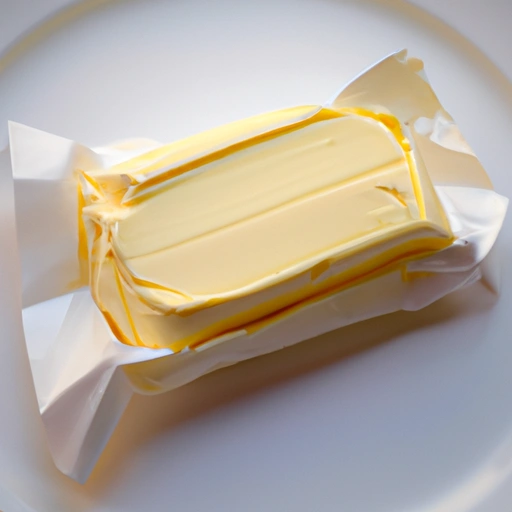Sweet Butter
Description

Sweet butter, often referred to as unsalted butter, is a dairy product made from the cream of milk. Unlike its salted counterpart, sweet butter does not contain added salt, allowing the natural, creamy flavor of the butter to shine through. This feature makes it a preferred choice in many baking and cooking applications, as it enables the cook to have complete control over the seasoning of the dish. Sweet butter is commonly available in various sizes, ranging from small 4-ounce (113 grams) sticks to larger 1-pound (about 454 grams) blocks, making it suitable for recipes calling for both imperial and metric measurements.
Common uses
Sweet butter is commonly used as a spread, in baking, sautéing, frying, and as a base for sauces and emulsions. It is a key ingredient in pastry making, providing a tender crumb and flaky texture to baked goods.
Nutritional value
Calories
One tablespoon (about 14 grams) of sweet butter contains approximately 100 calories.
Protein
Sweet butter contains a trivial amount of protein, less than 1 gram per tablespoon.
Fat
Most of the calories in sweet butter come from fat, with one tablespoon containing around 11 to 12 grams of total fat, including saturated and unsaturated fats.
Carbohydrates
Sweet butter has a negligible amount of carbohydrates, with less than 1 gram per tablespoon.
Vitamins
It is a source of fat-soluble vitamins such as Vitamin A and Vitamin E.
Minerals
Sweet butter also contains small amounts of minerals like calcium and phosphorus.
Health benefits
While moderate consumption of sweet butter can contribute to the intake of beneficial fat-soluble vitamins, it is best enjoyed as part of a balanced diet.
Potential risks
Overconsumption of sweet butter can lead to an excessive intake of saturated fats, which are associated with an increased risk of heart disease. Individuals with dairy allergies or lactose intolerance should also avoid sweet butter.
Common recipes
Sweet butter is essential in recipes for baked goods like cakes, cookies, pies, and pastries, as well as in the preparation of creamy sauces and in finishing dishes to add richness and flavor.
Cooking methods
It can be used in various cooking methods, including baking, sautéing, and frying. Sweet butter is also excellent for creating emulsions such as hollandaise and béarnaise sauces.
Pairing with other ingredients
Sweet butter pairs well with fresh bread, vegetables, meats, and seafood. It enhances both sweet and savory flavors and is often paired with herbs and spices to create compound butters.
Summary
Sweet butter is a versatile and widely used ingredient that enhances both the flavor and texture of countless dishes. Its unsalted nature allows chefs and home cooks alike to precisely control the flavor profile of their creations. From European pastries to American comfort foods, sweet butter is a beloved staple in kitchens around the globe.